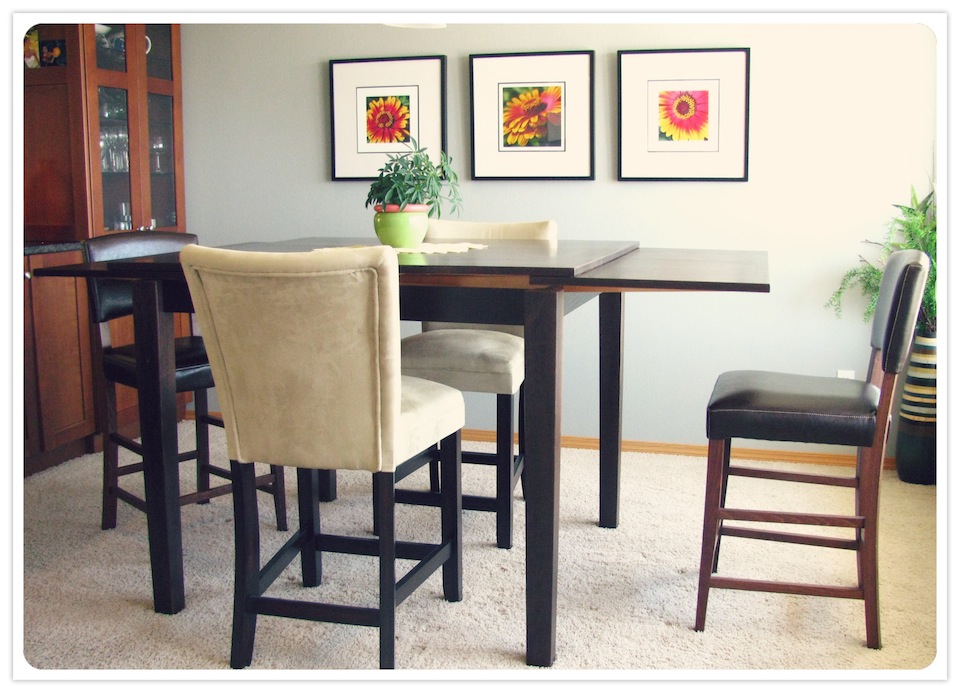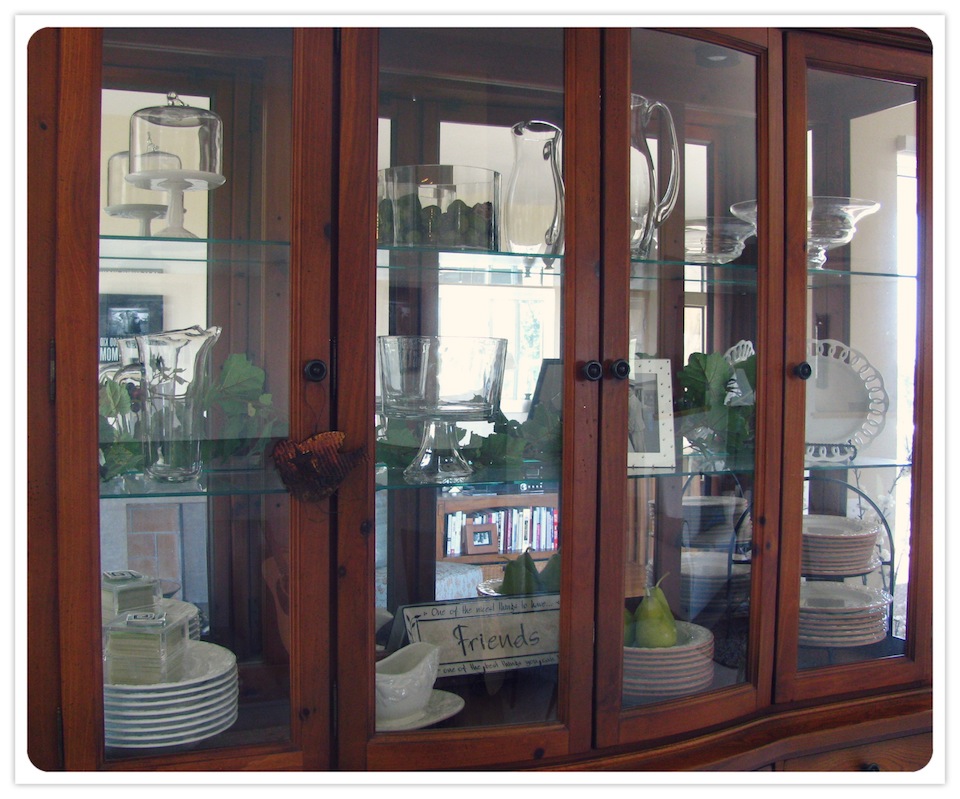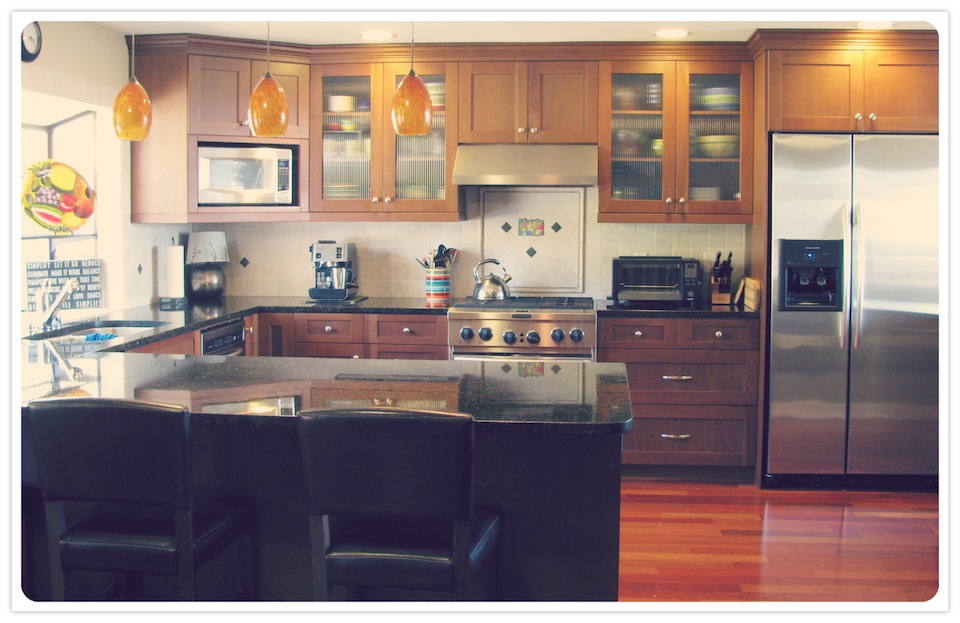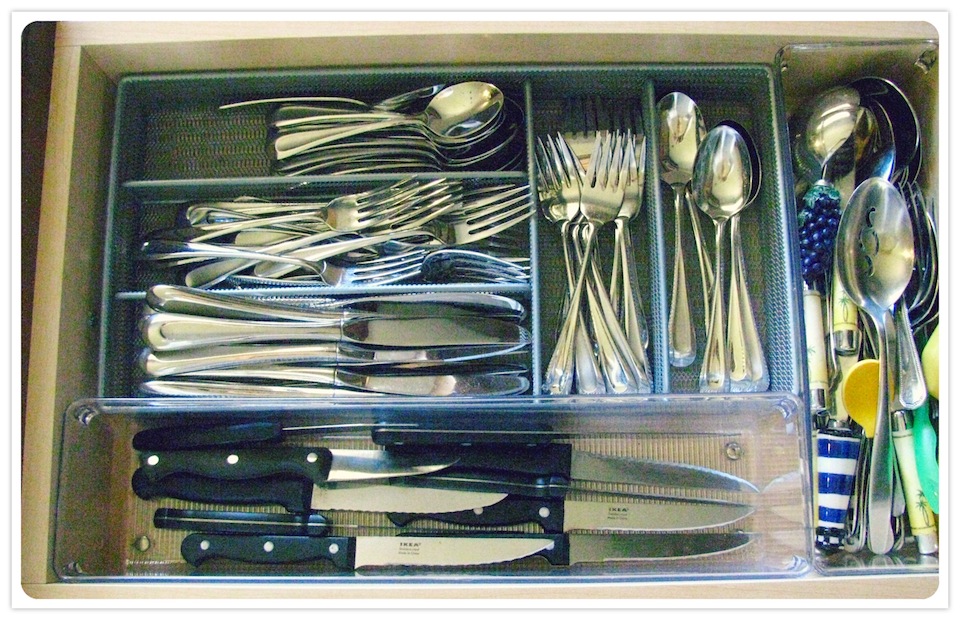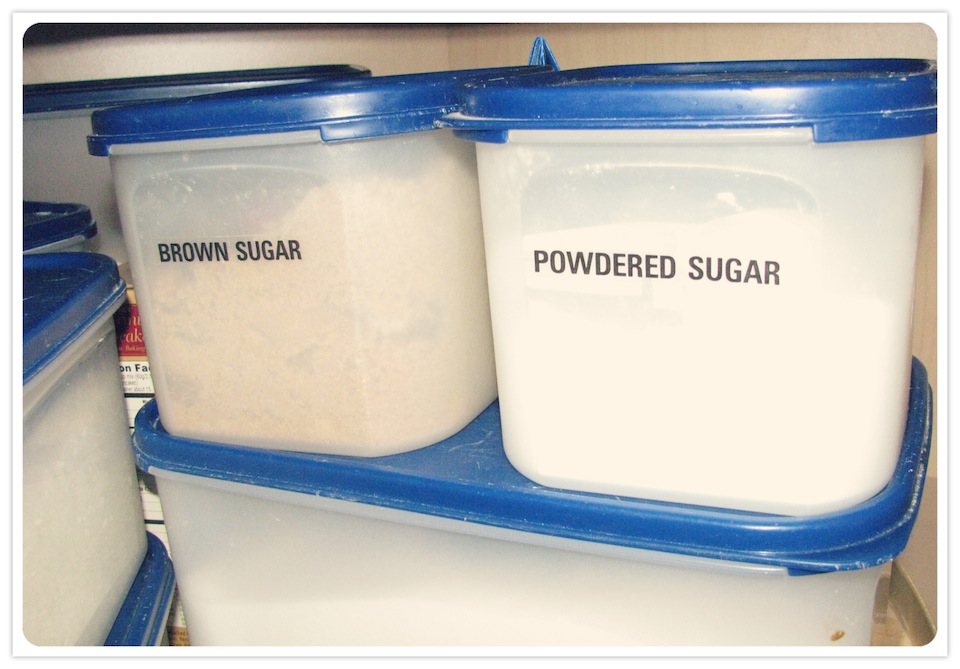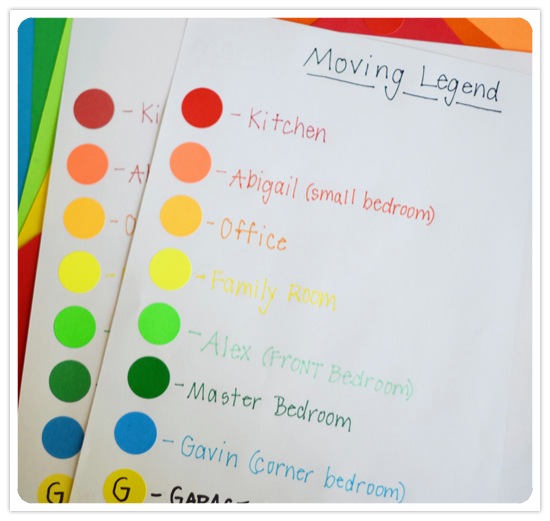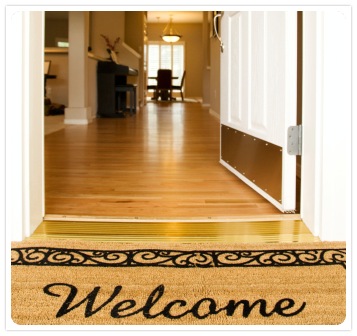It’s week three of my Organized Home Series and I’m talking about living rooms. My living room is simple, bright, airy and most importantly, clutter free. I use a neutral color palette, basic design ideas, and simple storage solutions to maximize this living space.
I’ve been in many client living rooms that were overpowered by too much furniture, oversized pieces and poor layout. Kids toys are another common issue. Don’t let toys take over – your living room should be a comfortable space for you, your children, and guests.

Because the space was small, I used a subtle accent wall color and one large art piece to create a focal point without overwhelming the space. The lamps are on the same level to create balance.

Having neutral furniture allows me to easily change out the pillow covers by season. It’s a much more affordable way to refresh your living space.

This is my favorite spot to relax. I bought the gorgeous ottoman at Target. It is made out of indoor/outdoor fabric so its durable and easy to clean (great for kids!). It works as a footstool, side table or extra seating in a pinch.
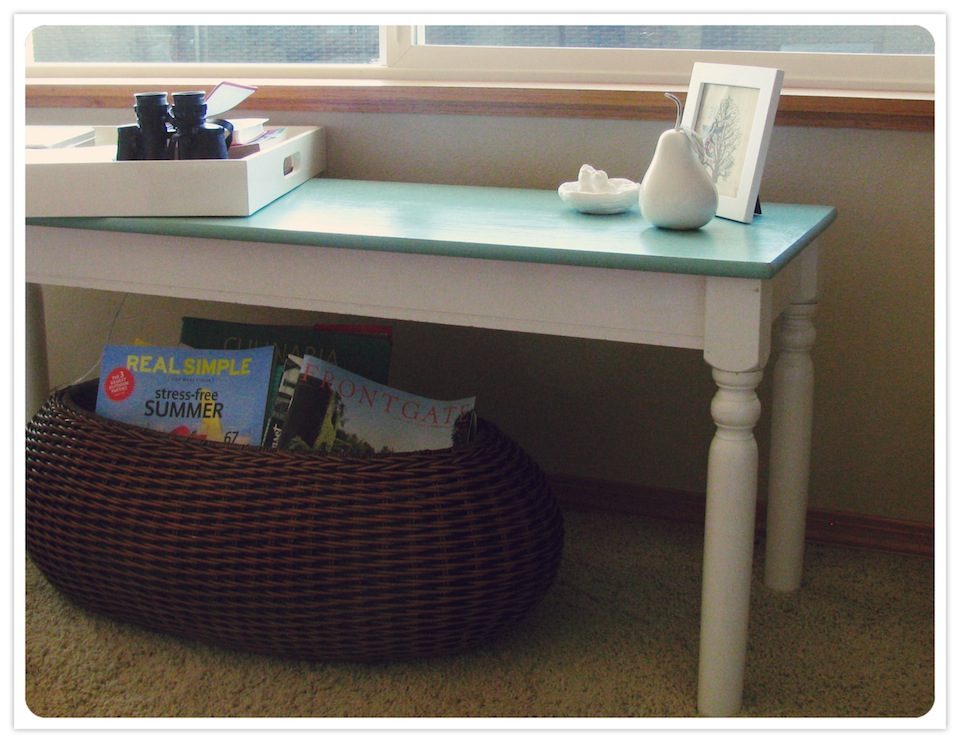
I repurposed this coffee table and gave it new life with a few coats of paint. Baskets are a great storage solutions for magazines, blankets, books, toys and accessories. Trays are great for containing reading material and/or beverages.

Glass tables are great for small spaces. They allow light to pass through and don’t obstruct the eye. This one has two large shelves for storage. The bottom shelf could easily hold bins for games, books or toys. I shuffle the rugs around in my house when I want a new look!
I hope this inspires you to clean out and re-arrange your own living room. Feel free to email me with questions or ideas!
Happy Organizing!



